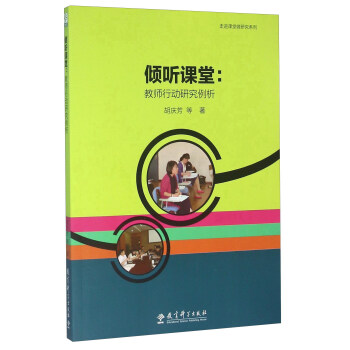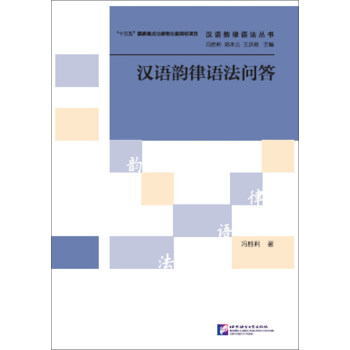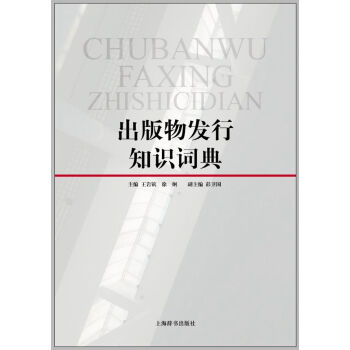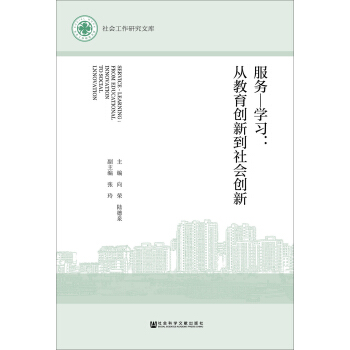
齣版社: 武漢大學齣版社
ISBN:9787307100305
版次:1
商品編碼:11100110
包裝:平裝
開本:16開
齣版時間:2012-08-01
用紙:膠版紙
頁數:399
字數:682000
正文語種:中文
具體描述
內容簡介
《認知語言學實證研究通論》介紹認知語言學實證研究的具體方法,全書分為三大部分共十章。第一部分共四章,分彆研究聽、說、讀、寫語言技能的實證研究範式。第二部分共四章,主要研究詞匯和語法使用過程中的實證數據統計和模型。第三部分分為兩章,主要研究隱喻和轉喻習得過程中的認知理據。這些實證研究都在認知語言學的理論框架中進行,分彆從不同角度揭示瞭學習者在二語習得過程中所麵臨的問題和解決方案。研究結果錶明,認知語言學是一門實證性很強的學科,有助於從描寫和解釋兩方麵深化第二語言習得研究。這些研究結果具有一定的理論意義,同時對外語教學實踐也具有重要的參考價值。內頁插圖
目錄
Part One Language SkillsChapter 1 The Effects of Topic Familiarity and English Proficiency on Listening Comprehension
1.1 Information processing and components of listening comprehension
1.1.1 BoLtom-up processing
1.1.2 Top-down processing
1.1.3 Interactional processing
1.1.4 Components of listening comprehension
1.2 Schema theory and its listening comprehension model
1.2.1 Schema theory
1.2.2 Listening comprehension model on schema theory
1.3 Relevance theory and its listening comprehension model
1.3.1 Relvance theory
1.3.2 Listening comprehension model of relevance theory
1.4 Research methodology oflistening comprehension
1.4.1 Research materials and tools
1.4.2 Research questions and hypotheses
1.4.3 The operational definition of variables
1.5 Empirical approaches to listening comprehension
1.5.1 Quantitative statistics and description
1.5.2 Qualitative statistics and description
1.6 Topic familiarity and its effects on listening comprehension
1.6.1 Explanation from schematic perspective
1.6.2 Explanations from relevance theory
1.7 English proficien.cy and its effects on listening comprehension
1.8 Bottom-up and top-down processing in listening comprehension
1.9 The transactional listening comprehension model
Chapter 2 A Cognitive Approach to the Acquisition of Discourse Markers
2.1 The oral characteristics of Discourse Markers
2.2 Two approaches to Discourse Markers
2.2. 1 The coherence-based approach
2.2.2 The relevance-theoretic approach
2.2.3 Differences between the two approaches to Discourse Markers
2.3 Researches on the use and acquisition of Discourse Markers
2.3.1 The use and acquisition of Discourse Markers by native speakers
2.3.2 The use and acquisition of Discourse Markers by I2 learners
2.3.3 The use and acquisition of Discourse Markers by Chinese learners
2.4 Cognitive approaches to Discourse Markers
2.4.1 Schmidt's construct of noticing and the information-processing approach
2.4.3 Relevance Theory and Space Blending Theory: two cognitive theories
2.4.2 VanPattern and input processing
2.4.3 Relevance Theory and Space Blending Theory:two cognitive theories
2.4.4 Integrative study of Relevance Theory and Space Blending Theory
2.5 Research methodology of and empirical approaches to Discourse Markers
2.5.1 Dala in the picture description
2.5.2 Data in the group discussion
2.5.3 Comparison of the two kinds of data
2.5.4 Comparison with the native corpora
5.5.5 Data in the cloze test
2.5.6 Data in the utterance interpretation
2.5.7 Data in the sufficiency of the input
2.5.8 The patterns and implications of Discourse Markers
2.6 Factors contributing to the acquisition of Discourse Markers
2.6.1 Noticing of Discourse Markers
2.6.2 Instruction on Dissourse Makers
2.6.3 Processing of Discoruse Makrers
2.7 Models for the analysis of Discourse Markers
2.7.1 The inferential model of Relevance Theory
2.7.2 Blending models for Discourse Markers' role in utterance interpretation
2.7.3 The separate pragmatic blending model of Discourse Markers
Chapter 3 The Effects of Rhetorical Organization on Reading Comprehension
……
Part Two Morphology and Grammaticalization
Part Three Metaphors and Metonymies
精彩書摘
Chapter 1 The Effects of Topic Familiarity and English Proficiency on Listening ComprehensionListening comprehension is a complex cognitive process during which listeners have touse different elements of their knowledge of language such as phonetics, vocabulary andgrammar to do surface processing. They also have to take advantage of their social andcultural background knowledge to do deep-level processing semantic analysis, such asassociation and inference. In the studies of SLA, listening has aroused great concernamong researchers and language teachers due to its important function in absorption oflanguage input. A great number of studies have confirmed the effect of listeningcomprehension on second language acquisition and research in this area abounds both athome and abroad, yet most of those research focuses on the study of listening proceduresand on the various macro and micro listening skills by which a better performance onlistening comprehension could be achieved. The present study attempts to investigate theeffects of topic familiarity and the proficiency level on the Chinese non-English majors'listening comprehension, and attempts to reveal their cognitive processing in the field.
The study took as its subjects from the Hydraulic Engineering Department andfreshmen from political science department of Wuhan University. The subjects wererequired to take two tests: one test adopted the familiar passage "Nian as the listeningcomprehension test passage and the other adopted "Japanese Tea Ceremony-Cha-Nu-Yu"as the unfamiliar passage. The testing instrument is the recall protocol with threesupplementary questions for each passage which allow gaps in comprehension to surfaceand the results are used for qualitative analysis. The data collected underwent anindependent sample test, a paired sample test and an ANOVA test. Discussions andexplanations are then carried out from schemata and relevance theory perspectives toillustrate the effect of topic familiarity and the proficiency level on the listeningcomprehension of learners.
Statistical results indicate that topic familiarity exerts a significant effect on thesubjects' listening comprehension. Familiar topics enhance the learners' listeningcomprehension; leamers at both high and intermediate levels did much better on thefamiliar topic than on the unfamiliar topic. Language proficiency levels have a greatinfluence on leamers' listening comprehension; high-proficiency subjects outperformedintermediate proficiency subjects on both familiar and unfamiliar topics. High proficiencysubjects are better than intermediate level subjects in activating the relevant schema intheir mind to enhance the comprehension of'listening materials. The interactive effects ofboth topic familiarity and the proficiency level are not significant. As regard to theprocessing model, learners at both proficiency levels tend to use "top-down" processingwhen the listening passage is familiar to them and "bottom-up" when they are dealing withan unfamiliar topic.
1.1 Information processing and components of listening comprehension
Information processing is the term used to describe "the activities of the mind inextracting, processing, storing and retrieving the meaning of verbal and nonverbalcommunication"(Rivers 1981). Within schemata theory, the process of informationprocessing is oriented by the principle that all data must be accounted for (Adam& Collins,1979). Stated differently, every input event or datum must be mapped against certainschema, and all aspects of that schema must be compatible with the incoming information(Huang, 1998). There exist two basic models of information processing, which shed lighton the schemata operation in the process of listening comprehension. They are the"bottom-up" and "top-down processing (Chaudron & Richards, 1986).
1.1.1 Bottom-up processing
As far as listening comprehension is concened, the bottom-up processing refers to theform of processing in which listeners attempt to derive meaning from novel textualinformation by analyzing individual word meanings or grammatical characteristics of thetext (O'Malley & Chamot, 1990:421). It posits that human comprehension is driven by thelistener's need or desire to process "input data" accurately.
……
前言/序言
用戶評價
評分
評分
評分
評分
評分
評分
評分
評分
評分
相關圖書
本站所有內容均為互聯網搜尋引擎提供的公開搜索信息,本站不存儲任何數據與內容,任何內容與數據均與本站無關,如有需要請聯繫相關搜索引擎包括但不限於百度,google,bing,sogou 等
© 2025 windowsfront.com All Rights Reserved. 靜流書站 版權所有


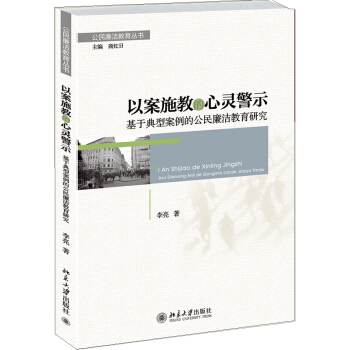



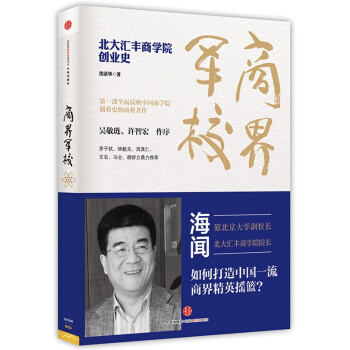
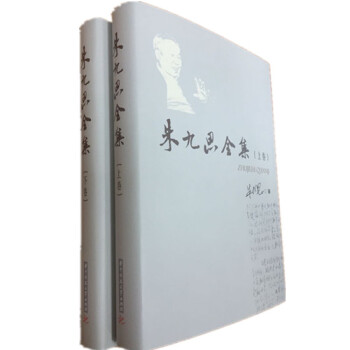
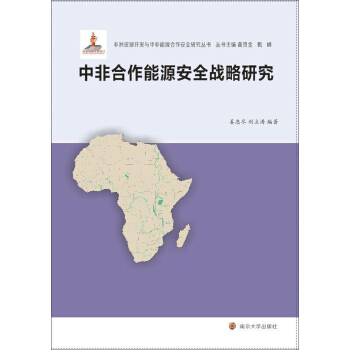
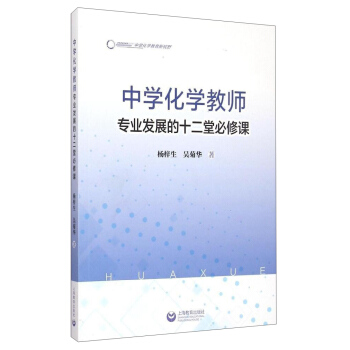
![北京航空航天大學通識教育白皮書 [Buaa White Papers On General Education] pdf epub mobi 電子書 下載](https://pic.windowsfront.com/11699225/556c34e6Nc560f0d5.jpg)
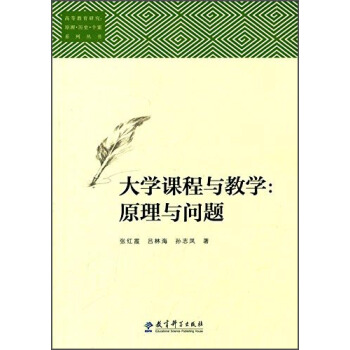
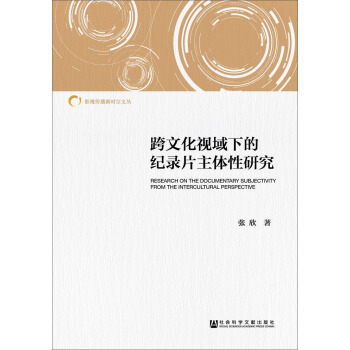



![現代漢語語用調查與教學研究 [A Study On Modern Chinese Pragmatic Investigation And Teaching] pdf epub mobi 電子書 下載](https://pic.windowsfront.com/11894300/56f4108fN4d2dd533.jpg)
